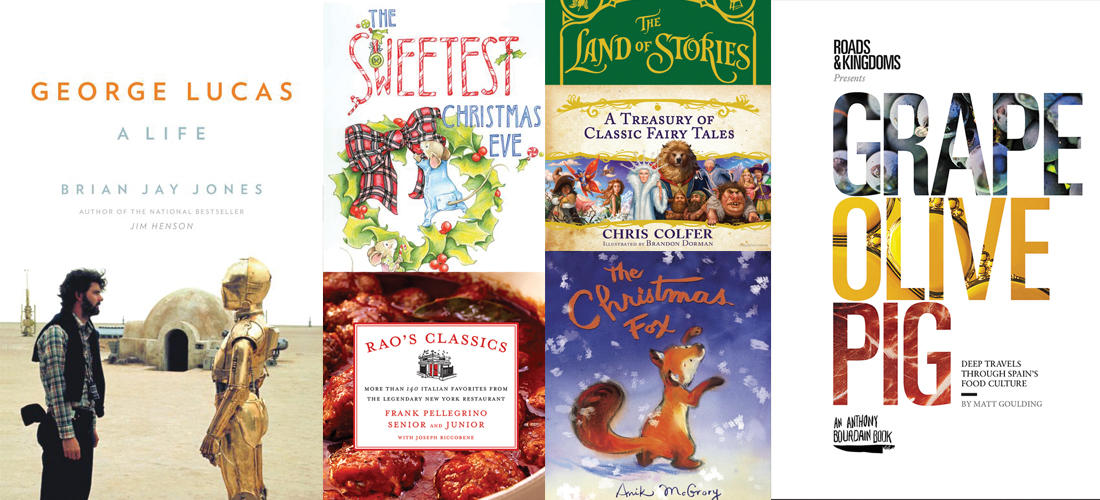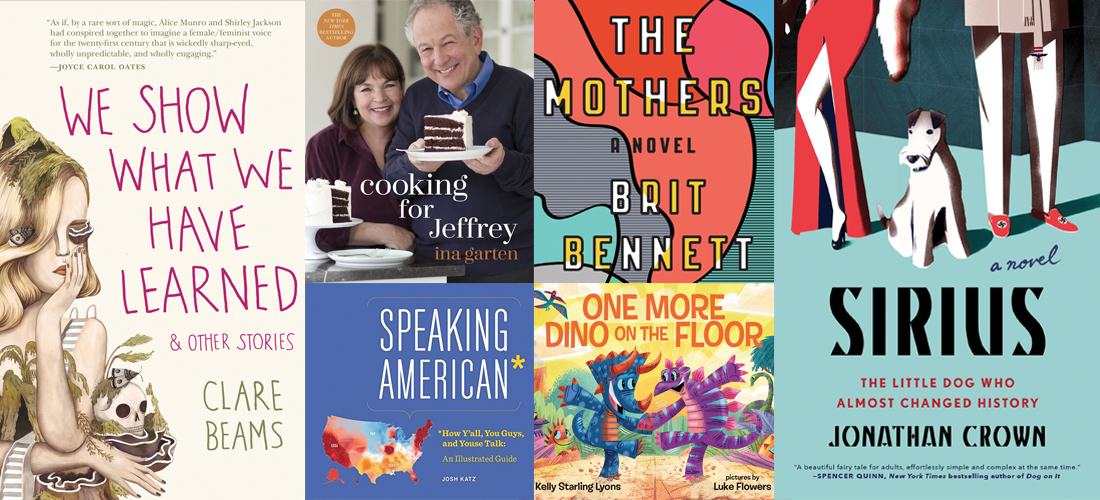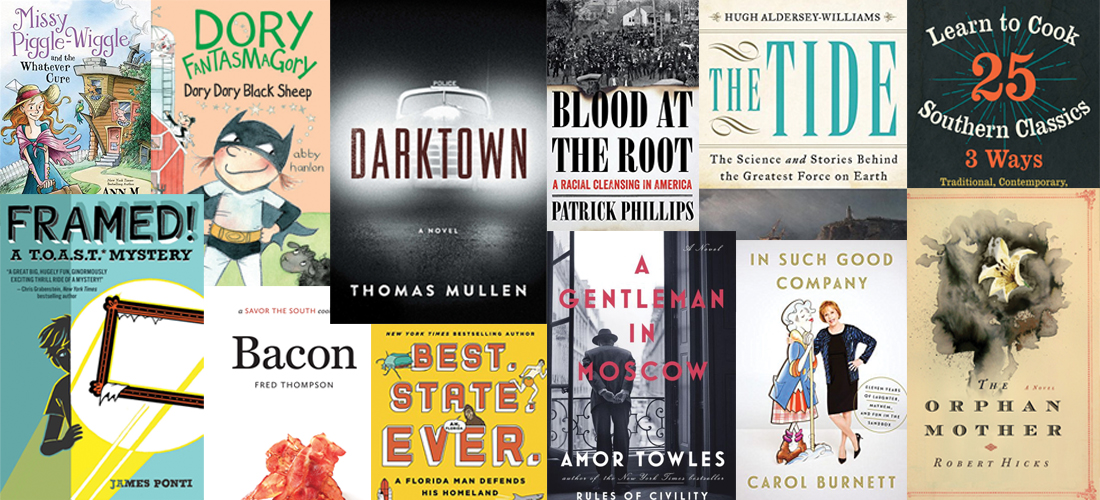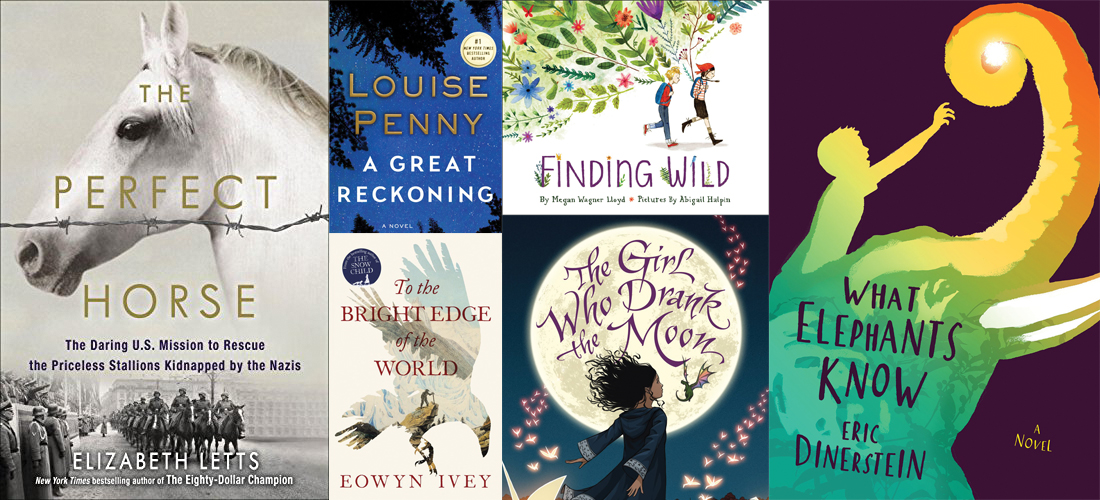By Romey Petite
The True Flag: Theodore Roosevelt, Mark Twain, and the Birth of American Empire, by Stephen Kinzer
The best-selling author of The Brothers and Overthrow examines the key figures who shaped American foreign policy during the Progressive Era, a turning point in U.S. history when opinions over the nation’s involvements abroad were sharply divided. Kinzer’s book delves into the Panama Canal, the Spanish-American War, and the subsequent annexation of the Philippines and the men (Theodore Roosevelt, Henry Cabot Lodge and William Randolph Hearst) who were convinced these efforts were necessary, as well as those who protested this period of expansionism (Mark Twain, Booker T. Washington and Andrew Carnegie). A former foreign correspondent for The New York Times and The Boston Globe, Kinzer has a unique perspective on this relevant, fraught and complex debate.
The 5 Love Languages: Singles Edition and The 5 Love Languages: Military Edition, by Dr. Gary Chapman.
While the initial title in The 5 Love Languages series was written for married couples, in Singles Edition Chapman seeks to show readers how they can better communicate in daily life and express themselves to the people that matter most, be it friends or family (or perhaps seeking closure in understanding a relationship that didn’t work out). In The 5 Love Languages: Military Edition, Chapman works with Jocelyn Green, writer of both historical and spiritual nonfiction, to provide advice for the struggles involved in a long-distance relationship, separating the jargon of fieldwork from home life, and strengthening relationships post-deployment.
The Sleepwalker, by Chris Bohjalian
New York Times best-selling author of The Guest Room has delivered a new foray into the realm of psychological mystery. Annalee Ahlberg, a habitual sleepwalker suffering from parasomnia, vanishes from her home one night. As her husband and children search desperately for some trace of her or what they fear most, a body, her eldest daughter, Lianna, slowly finds herself hypnotically drawn to the detective investigating the case. It’s a story certain to keep readers up at all hours, spellbinding until its close.
The Girl Before, by J.P. Delaney
The movie rights to this title were picked up before it even saw print, but don’t write it off as just the latest addition to Delaney’s ongoing suspense thriller obsession. The Girl Before is a gripping read of two girls told from both non-linear and multiple perspectives. The reader flips back and forth while flipping each page: going from one, Emma, to the other, Jane. Both, at one point, find themselves occupants of an apartment at One Folgate Street. In it, each finds the perfect location to suit their respective needs, provided for by the landlord, an eccentric architect. Unbeknown to Emma and Jane, the enigmatic location hosts a trap that the girl before — and the girl after — cannot help but fall into.
Fever Dream, by Samanta Schweblin
In this mesmeric first novel, Amanda lies in the hospital of an agrarian community struggling against the poisonous toxins in her body. A strange boy, David, sits next to her asking questions she replies to reluctantly, half-knowing where those answers will lead. While she struggles for her life, and to remember something the boy insists she must, together the voices weave an arresting narrative of horses, horrors and estranging rituals.
The Bear and the Nightingale, by Katherine Arden
Vasilisa Vladimirovich lives on the edge of a dense Russian wood, a land where the frigid weather rarely relents. The girl is happy there enjoying the folk stories told by her nursemaid. Her life changes when her mother dies and, just as in fairy tales, her father takes a new wife. Now, Vasilisa’s cold-heartedly devout stepmother forbids the girl to honor the spirits from local lore — including the appeasement of the icy demon Morozko. Determined to protect her family from the ravages to their crops and the fierce forest beasts, Vasilisa begins a quest that reveals curious gifts she’s long held back. Wise readers will draw comparisons to the fairy tale retellings of Angela Carter; others will simply enjoy this rare confection — a perfect winter tale.
Lillian Boxfish Takes a Walk, by Kathleen Rooney
Rooney draws inspiration from the true life of poet and advertising writer Margaret Fishback, famous for her work for R.H. Macy’s. Dorothy Parker-esque drop-of-the-hat witticisms are all part of the job when you were once the most highly paid American woman in advertising. Rooney chooses an all-in-a-day format for her novel, selecting December 31 of 1984. A snappy, sensible octogenarian making observations with the brevity and lasting impression of a bee sting, Lillian finds herself dodging self-righteous vigilantes, phone calls from men she’s either mothered or been a mother to, and confrontations with shifty characters on New York’s streets. The format will doubtless put readers in mind of Virginia Woolf’s Mrs. Dalloway or the more recent Saturday by Ian McEwan. Rooney breathes life into what could have been a tired trope. Whisk yourself back to another turbulent year in history and ring in the New Year with Ms. Boxfish, the kind of witty woman you could only wish to be.
Lincoln in a Bardo, by George Saunders
A groundbreaking work of historical fiction, Lincoln in a Bardo is the story of Abraham Lincoln, his family, and his third son, Willie, who died when he was very young. What makes the tale truly remarkable is the way the categories of fiction and nonfiction are blurred. Told entirely through anecdotes, both true and fabricated, it is certain to generate controversy and furor from purists. Saunders is already an innovator in the short story form and a significant presence in the world of the short essay (he recently wrote an enormously entertaining piece after attending a Trump rally). His work manages to serve up portion after portion of humble pie with oscillations between both humility and humiliation. You may be scratching your head after hearing this is only his first stab at the novel. Lincoln in a Bardo doesn’t disappoint for a debut or for such a familiar and distinctive voice as Saunders’. It’s a peerless work of the genre achieving a new kind of authenticity.






